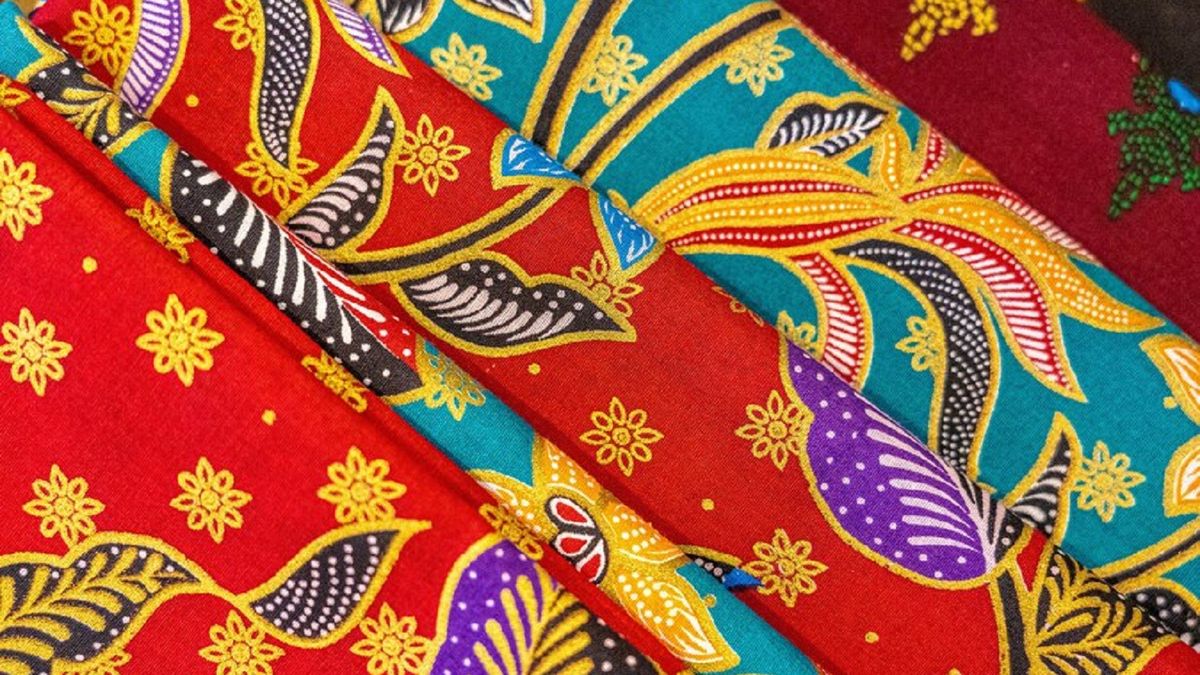PIKIRAN RAKYAT – Batik, the intricate wax-resist dyeing technique that adorns fabrics in Indonesia, is more than just a craft. It’s a cultural heritage deeply embedded in the nation’s identity.
Today, Indonesian batik has transcended its local roots, captivating audiences worldwide with its stunning patterns, rich symbolism, and unique craftsmanship. Let’s explore three of Indonesia’s most renowned batik styles that have garnered international acclaim.
The global appeal of Indonesian batik can be attributed to several factors. Firstly, the intricate beauty and craftsmanship of the fabric itself are undeniable. The meticulous process of waxing, dyeing, and removing wax translates into mesmerizing patterns and vibrant colors, captivating the eye with its artistry.
Secondly, the symbolism embedded within batik designs holds a certain allure. Each motif often carries cultural significance, representing stories, beliefs, and traditions passed down through generations.
Finally, the versatility of batik caters to a broad audience. From traditional garments to contemporary fashion pieces, batik offers a unique aesthetic that can be adapted to various styles and preferences.
Three prominent Indonesian batik styles
Let’s delve into the stories of three prominent Indonesian batik styles that have captured the global fashion scene:
Hailing from the ancient city of Yogyakarta, this batik style is renowned for its elegance and sophistication. Yogyakarta batik is characterized by its intricate floral patterns, often featuring small, detailed motifs like jasmine flowers (Kembang Melati) and leafy tendrils (Lung-Lungan).
The color palette typically leans towards muted tones like browns, blues, and creams, exuding a sense of timeless beauty.
The meticulous craftsmanship and historical significance of Yogyakarta batik, often associated with Javanese royalty, have propelled it to international recognition.
In contrast to the refined elegance of Yogyakarta batik, Batik Pekalongan from Central Java bursts with vibrant colors and bold patterns.
This style is known for its geometric shapes, floral motifs, and the liberal use of strong colors like red, blue, and green.
Batik Pekalongan is known for its more relaxed and playful aesthetic, often incorporating birds, animals, and even wayang (puppet) figures into its designs.
The affordability and wide variety of designs offered by Batik Pekalongan have contributed to its popularity with international audiences, finding its place in both traditional wear and modern fashion.
Influenced by the vibrant culture and artistic heritage of Bali, Batik Bali is known for its expressive and dynamic designs.
This style incorporates a wider range of colors and often features mythical creatures, like barongs and garudas, alongside floral and geometric motifs. Batik Bali utilizes a technique known as plangi, which creates a shimmering, multicolored effect on the fabric.
The bold colors, unique motifs, and free-flowing nature of Batik Bali resonate with international audiences seeking a more artistic and expressive form of batik.
These three prominent styles represent just a glimpse into the vast and diverse world of Indonesian batik.
The global recognition of these styles paves the way for other regional variations to gain international appreciation.
As awareness and appreciation for batik’s cultural significance and artistic value continue to grow, Indonesian batik is poised to make a lasting impact on the global textile and fashion landscape.(Ahyaithannisa Taufik)***
